What is Content Modeling in Headless CMS? A Beginner’s Guide

Introduction
Managing content across multiple platforms can be a complex task, especially when you’re trying to ensure a consistent experience for your audience. For businesses looking to streamline content delivery, Headless CMS offers an innovative solution. However, to make the most of this approach, understanding content modeling is essential.
Content modeling is the process of organizing and structuring your content within a Headless CMS to make it flexible, reusable, and scalable. In this guide, we’ll explain what content modeling is, why it’s crucial for effective content management, and how it can help you avoid common problems that arise when managing content across various channels.
What is a Headless CMS?
First, let’s get a solid understanding of what Headless CMS is. Unlike traditional CMS platforms, which tightly couple the front-end (what users see) and the back-end (where content is stored and managed), a Headless CMS decouples these two components. This means that the back-end is only responsible for managing content, while the front-end is free to retrieve and display that content on any device via an API.
This flexibility allows businesses to deliver content across various platforms—websites, apps, IoT devices, and more—without being constrained by a rigid CMS structure. It’s particularly beneficial for organizations that want to create dynamic, multi-channel experiences.
However, with this flexibility comes complexity, particularly when it comes to organizing and structuring content. That’s where content modeling comes in.
What is Content Modeling?
In the world of Headless CMS, content modeling refers to the process of defining and organizing the content structure within the system. It’s about deciding how content will be created, stored, and delivered. This includes defining content types, specifying fields, setting up relationships between content, and even adding metadata for better search and retrieval.
The goal of content modeling is to ensure that content is organized in a way that makes it easy to manage, retrieve, and deliver across different platforms. Think of it as creating a blueprint for your content—ensuring consistency, flexibility, and scalability.
Your choice of front-end framework can affect how efficiently content is displayed across platforms. Read our Next.js vs Gatsby comparison to find the best approach for delivering structured content.
The Potential Problem: Content Chaos Across Platforms
One of the most significant challenges businesses face when using a Headless CMS is managing content across multiple platforms. Without proper content modeling, it’s easy for content to become disorganized, leading to inefficiencies and errors. Here are a few examples of how this might manifest:
Duplicate content: When content isn’t modeled properly, it can end up being created multiple times in different formats, leading to inconsistencies.
Difficulty in scaling: As your business grows and adds more channels or platforms, your content structure may need to adapt. Without a flexible content model, scaling becomes difficult.
Inefficient workflows: Content creators and developers may struggle to understand how to create and manage content, leading to delays and mistakes.
These issues can lead to wasted time, missed opportunities, and a poor user experience. Fortunately, there are solutions that can help.
The Solution: Proper Content Modeling in Headless CMS
1. Define Clear Content Types
The first step in content modeling is to define the different types of content your business will be managing. These could include blog posts, product descriptions, news articles, or customer reviews. For each content type, you’ll need to specify what fields it should contain—such as title, body, images, categories, etc.
For example, a blog post might have fields for the title, author, body text, image, publish date, and tags. By defining these fields upfront, you ensure that all blog posts are created in a consistent format and that content creators know exactly what information is needed.
2. Set Up Relationships Between Content
Next, you’ll want to set up relationships between different types of content. This is especially important when you have content that is related to other content. For example, a product page might be linked to a set of reviews, or a blog post could be related to other posts on similar topics.
By modeling these relationships, you make it easier to pull related content dynamically across platforms. This allows for more personalized and relevant user experiences, which can improve engagement and drive conversions.
3. Use Taxonomies and Metadata
Taxonomies (such as categories or tags) and metadata (such as keywords or SEO data) help you categorize and organize your content more effectively. This makes it easier to search, filter, and retrieve content when needed.
For example, if you have a large catalog of blog posts, organizing them into categories like "Technology," "Business," and "Lifestyle" can help you quickly retrieve the most relevant content for your audience. Metadata, on the other hand, can be used for SEO purposes, ensuring that your content is easily discoverable on search engines.
4. Plan for Scalability and Flexibility
As your business grows, so will your content needs. When creating your content model, it’s essential to plan for scalability. This means building a model that can adapt as new content types, fields, and relationships are needed.
For instance, if you initially create a content model for a website, but later expand to mobile apps or IoT devices, your content model should be flexible enough to accommodate those new platforms without needing to start from scratch.
5. Build Content for Reusability Across Platforms
A major benefit of Headless CMS is that it allows you to reuse content across different platforms. To make this work, your content model needs to be structured in a way that supports content reuse.
For example, if you’re publishing blog posts on a website, you might also want to pull the same content into a mobile app. By ensuring that your content model allows for easy reuse, you save time and effort, ensuring consistency across platforms while reducing duplication.
Best Practices for Effective Content Modeling
Here are some best practices to help you make the most of your content modeling efforts:
Keep it simple: While it’s important to plan for flexibility, it’s equally crucial to keep your content model simple and easy to understand.
Involve your teams: Content modeling isn’t just for developers. Content creators, designers, and marketers should all be involved in the process to ensure the model aligns with their needs.
Document your model: Ensure that your content model is well-documented so that everyone involved understands how to use it.
Test and iterate: As your content needs evolve, so should your content model. Continuously test and refine your model to ensure it remains effective.
Content modeling is especially important in omnichannel retail, where consistency across platforms is key. See how a Headless CMS can power omnichannel retail strategies and improve customer experience
Popular Headless CMS Platforms Supporting Content Modeling
Several Headless CMS platforms offer strong support for content modeling. Some of the most popular ones include:
Orbitype: With its easy-to-use interface and flexible content modeling capabilities, Orbitype makes it easy to manage content across multiple platforms. Learn more and try it for free at Orbitype.
Contentful: Known for its user-friendly interface, Contentful allows businesses to define and organize content with ease.
Strapi: As an open-source Headless CMS, Strapi gives developers complete control over content modeling, making it a popular choice for custom content needs.
Conclusion
Content modeling is an essential part of managing content in a Headless CMS. By defining clear content types, setting up relationships, using taxonomies and metadata, and planning for scalability, you can avoid common content management problems and create a more efficient, flexible system. Whether you’re a small business or a large enterprise, taking the time to model your content properly will save you time, reduce errors, and improve the overall user experience across multiple platforms.
Ready to streamline your content management and enhance your digital experience? Try Orbitype’s Headless CMS today by signing up here: Try for free. For more insights, connect with us on Discord or follow us on YouTube, X, LinkedIn, Instagram, and Facebook.
Read more
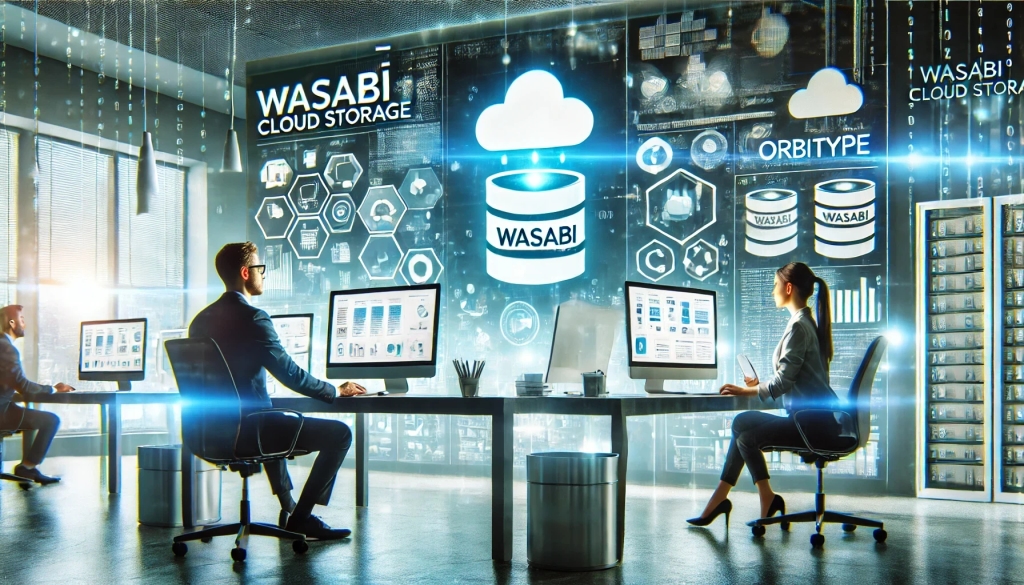
Seamless Data Management: Integrating Wasabi Cloud Storage with Orbitype
Boost your CMS performance with Wasabi Cloud Storage and Orbitype integration. Learn how this cost-effective, scalable solution enhances data management and delivers exceptional results.
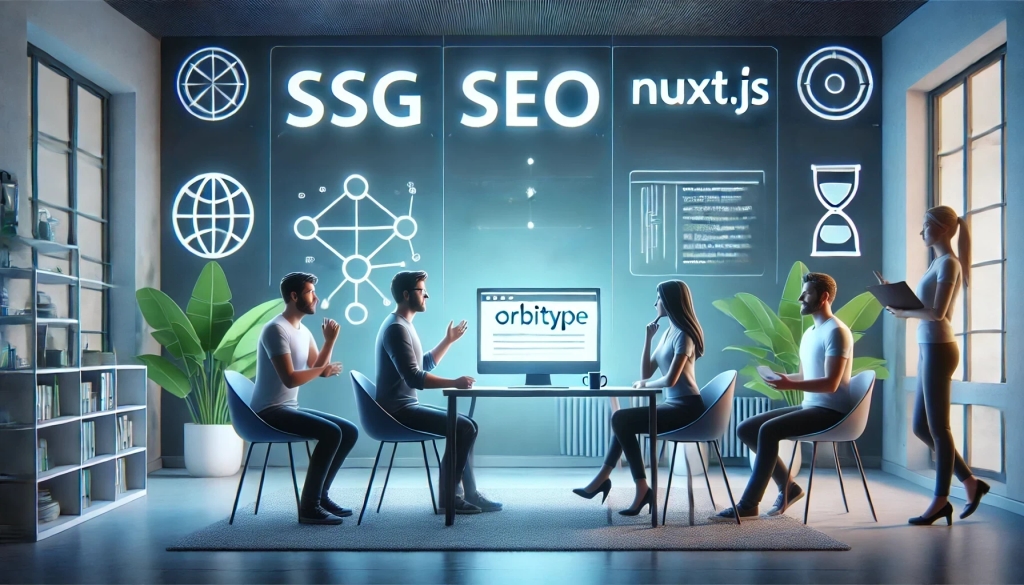
Integrating Orbitype with Nuxt.js for Optimal Performance and SEO
Leveraging Orbitype, a robust headless CMS, with Nuxt.js, a Vue.js framework, provides developers a powerful solution for building fast, SEO-optimized websites. This blog post explores how the integration of Orbitype and Nuxt.js harnesses the benefits of static site generation (SSG) and server-side rendering (SSR), thanks to Orbitype's API-driven content management system.
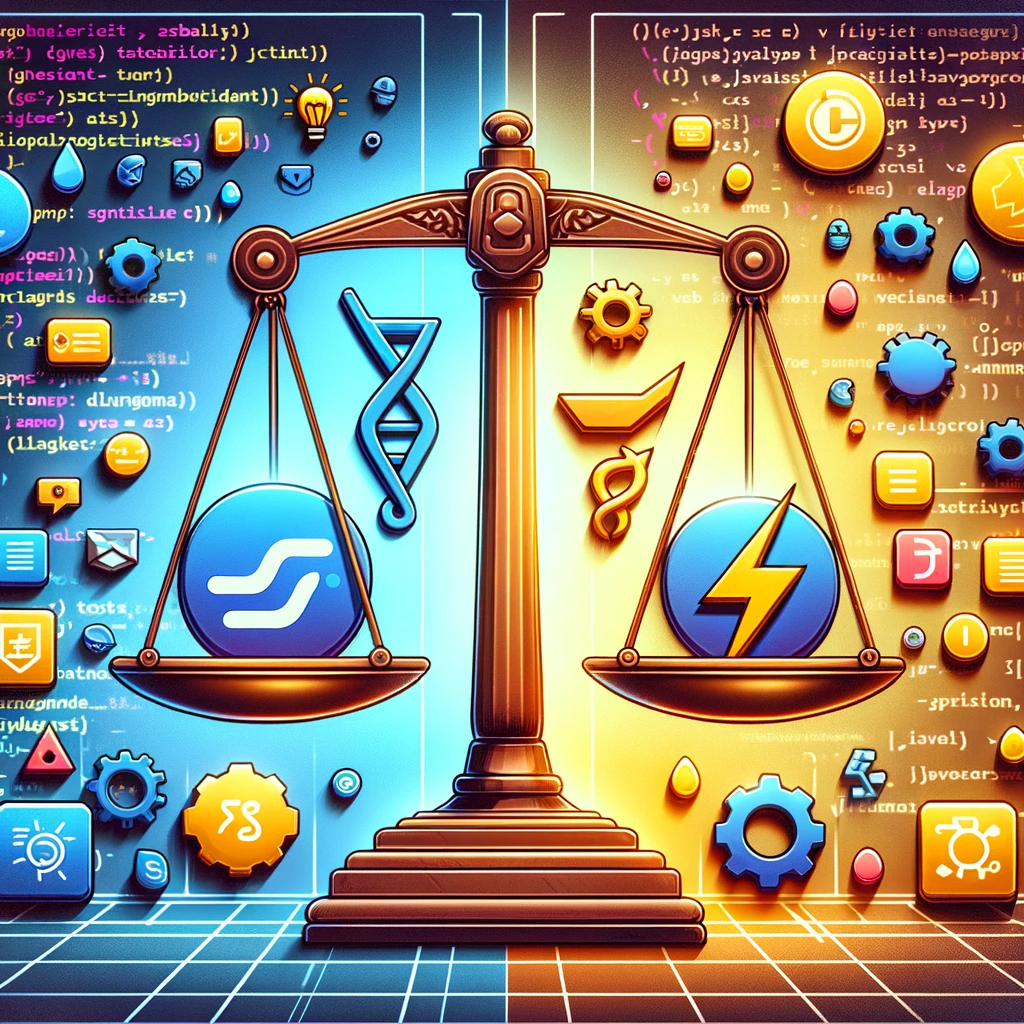
TypeScript vs. JavaScript
Discover the synergy between TypeScript and JavaScript for web development. Learn how Orbitype supports Nuxt CMS, headless CMS for Nuxt, and future-ready digital trends.
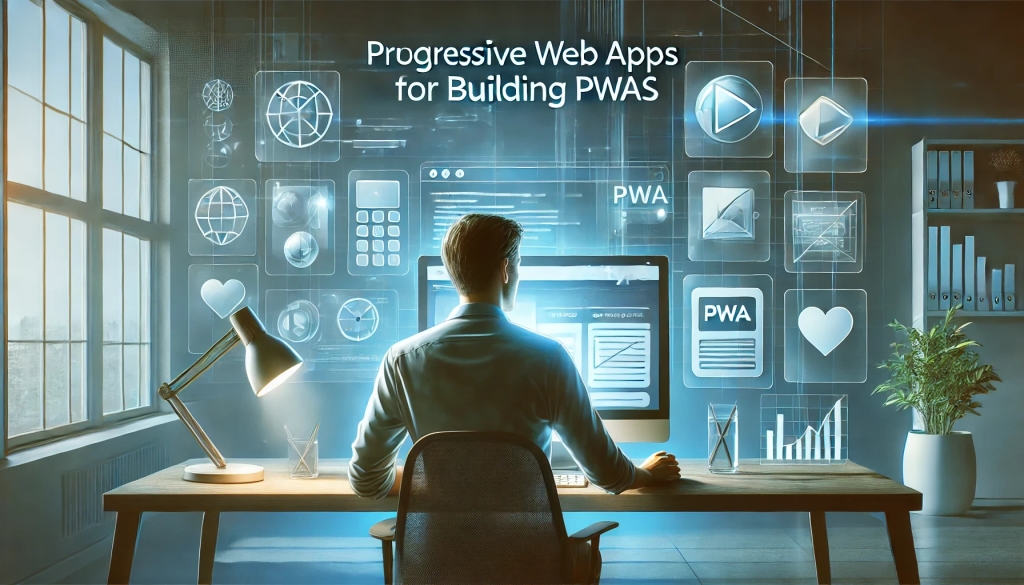
Building Progressive Web Apps (PWAs) with Orbitype
Explore how Orbitype enhances Progressive Web Apps (PWAs) with optimized performance, offline capabilities, and seamless content management for superior user experiences.
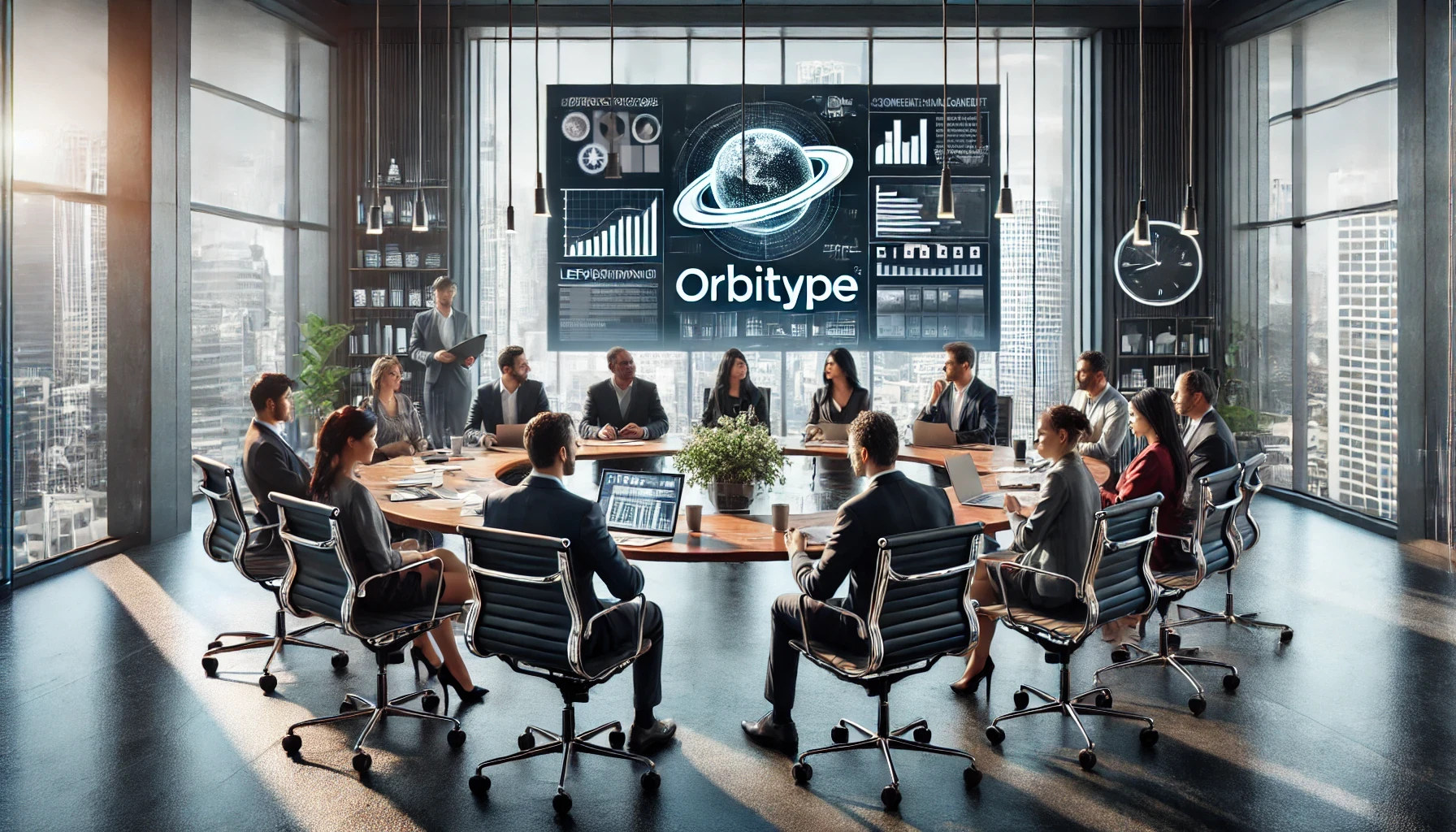
Leveraging Orbitype for Efficient Content Management in E-Commerce
nhance your e-commerce performance with Orbitype CMS. This scalable headless CMS simplifies content management, boosts SEO, and seamlessly integrates with Shopify, WooCommerce, and Magento for dynamic, flexible solutions.

Mastering Third-Party Integrations with a Headless CMS for Efficient Workflows
Streamline workflows and scale your business with seamless third-party integrations using Orbitype's flexible headless CMS—designed for efficiency, automation, and growth.
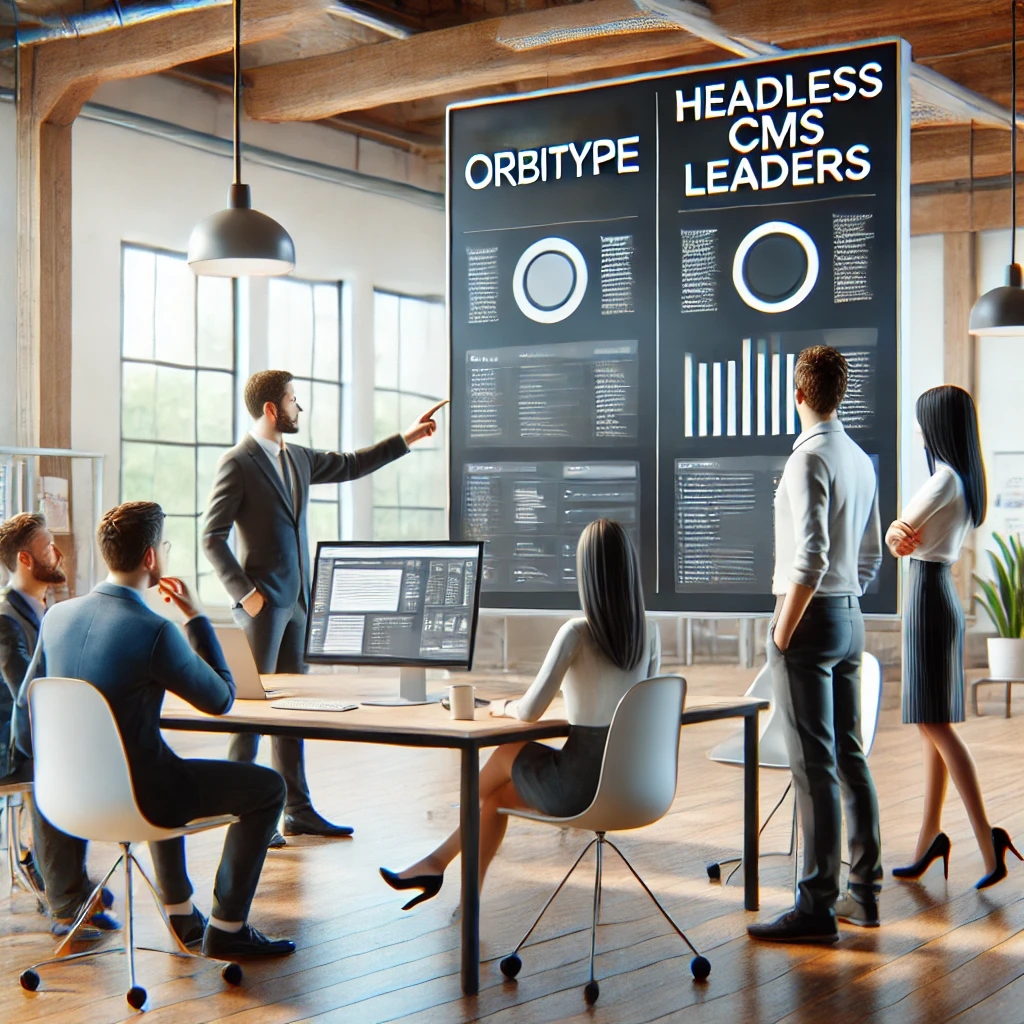
How Orbitype Compares to Headless CMS Leaders in 2025
Struggling to choose the best CMS? Discover how Orbitype compares to headless CMS leaders in 2025, solving complexity and scalability challenges with ease. Try Orbitype!
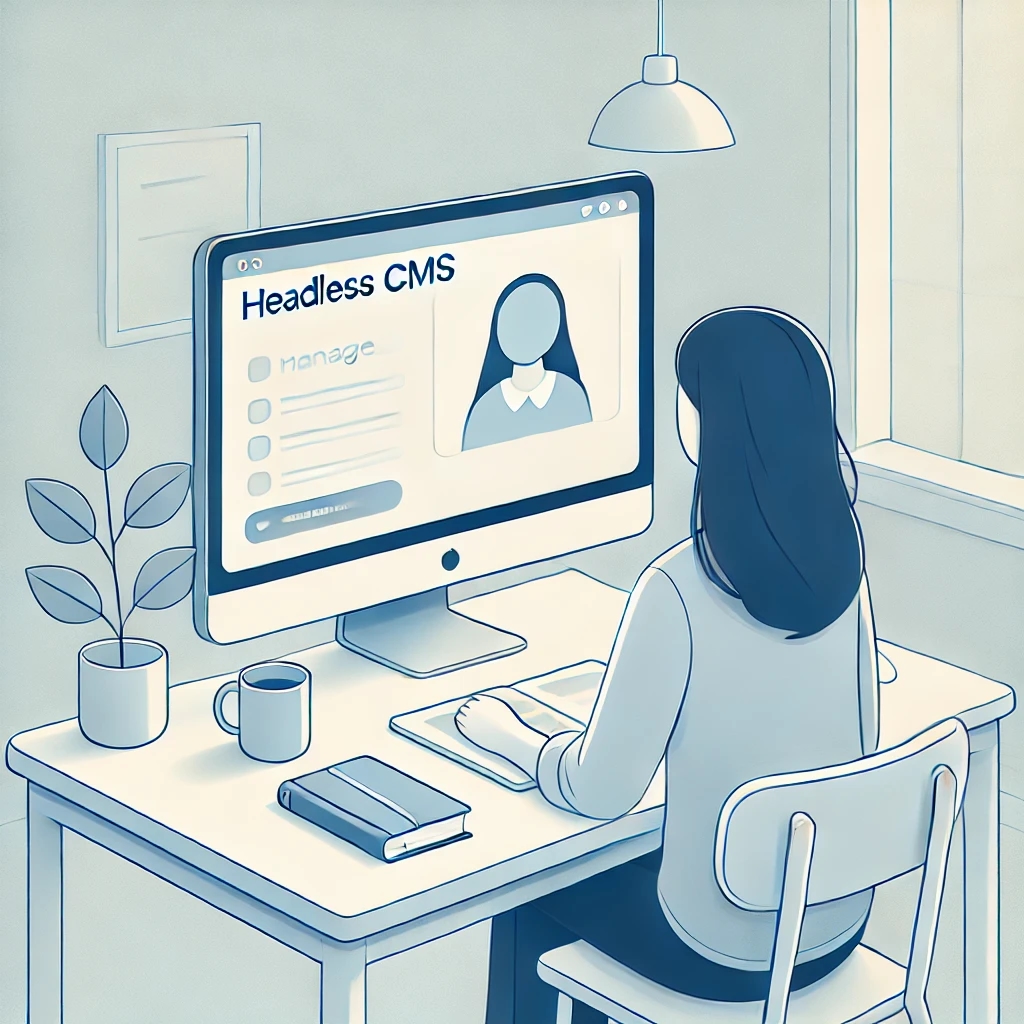
How Educational Institutions Benefit from Headless CMS for Online Learning
Enhance online learning with a Headless CMS. Discover how centralized content management, scalability, and seamless multi-channel access can transform educational platforms.
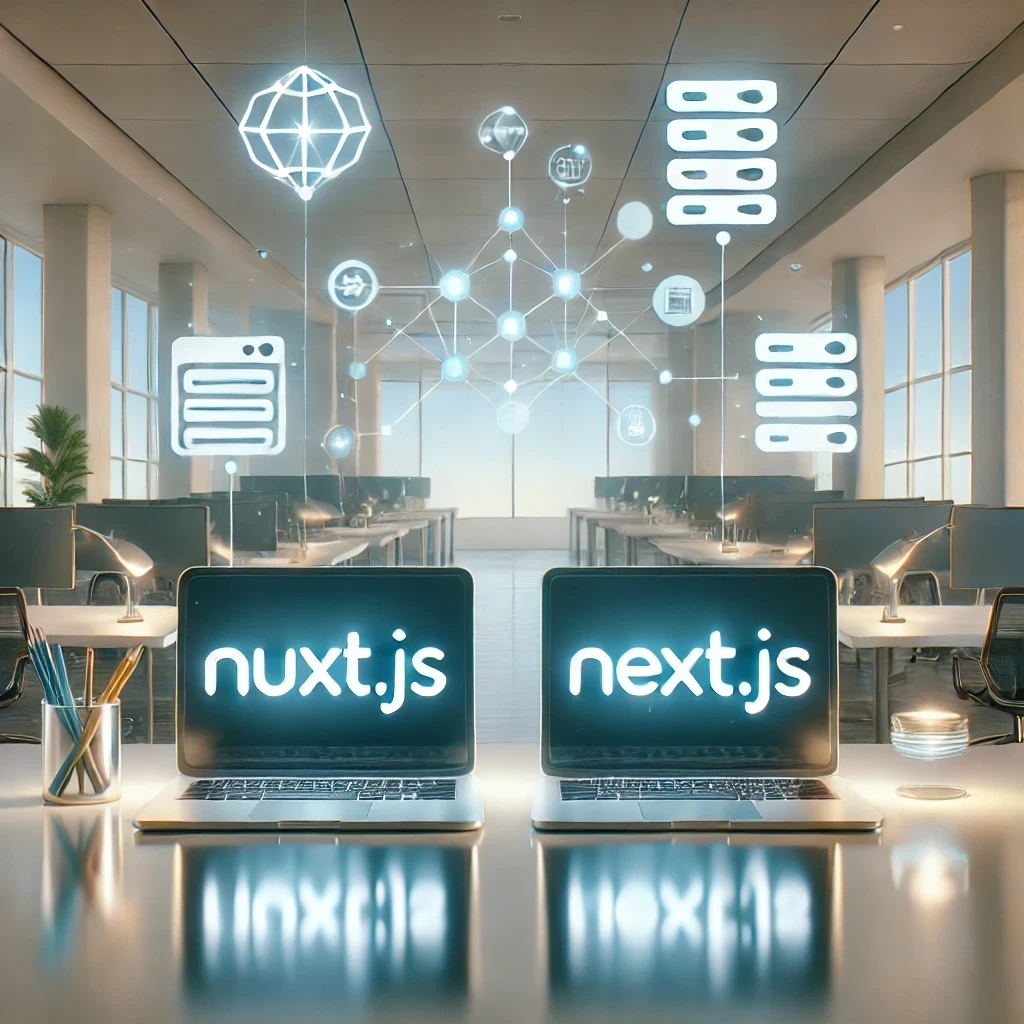
Nuxt vs Next: Which Framework Works Best with Headless CMS?
Compare Nuxt.js and Next.js to find the best frontend framework for your Headless CMS. Discover which offers better performance, scalability, and flexibility for dynamic web projects.
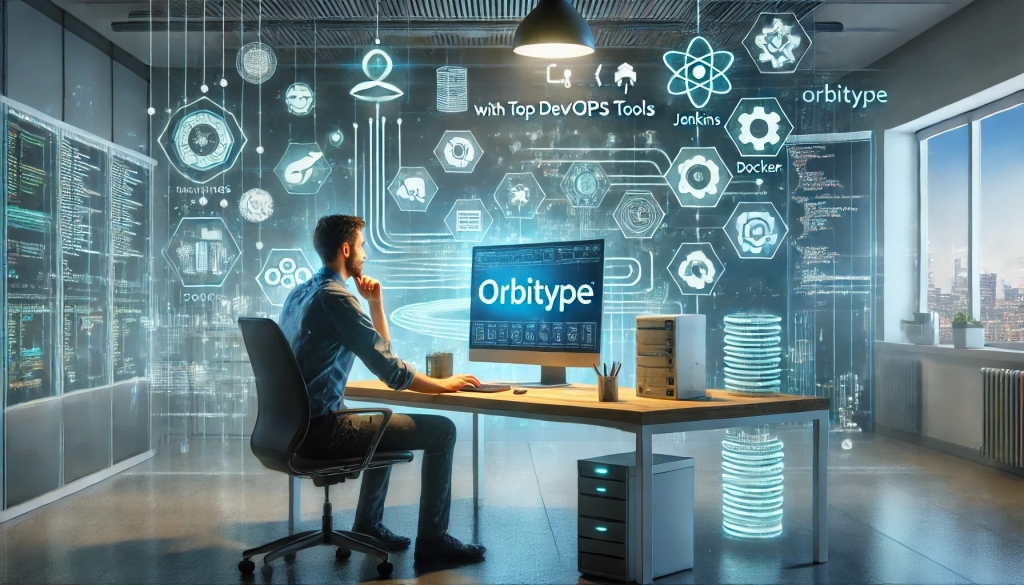
Streamlining Development: Integrating Orbitype with Top DevOps Tools
Discover how to integrate Orbitype with leading DevOps tools like Jenkins, Docker, and Kubernetes. Learn best practices for automating deployments, containerizing Orbitype, and scaling efficiently while streamlining workflows for continuous integration and delivery.
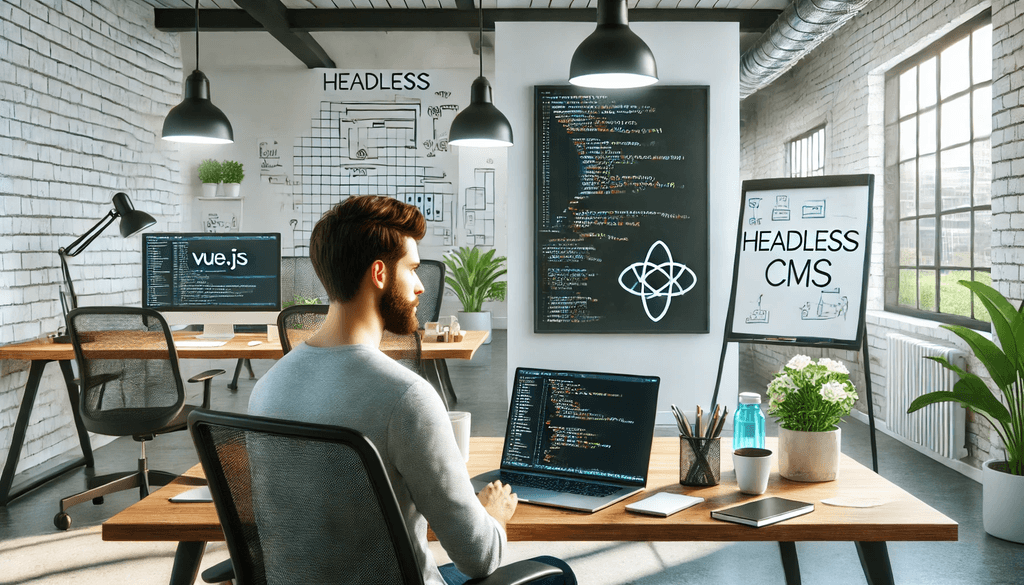
Building High-Performance Vue Apps with a Headless CMS
Discover how to optimize Vue.js apps with a Headless CMS for high performance, scalability, and SEO. Learn best practices and tools for creating dynamic web apps.

SQL or NoSQL: What's Best for Mobile Applications Using Orbitype?
Explore Orbitype, the ultimate headless CMS for React developers, offering seamless content management, enhanced performance, and flexibility to create dynamic web applications with ease. Learn how Orbitype simplifies workflows and boosts productivity.
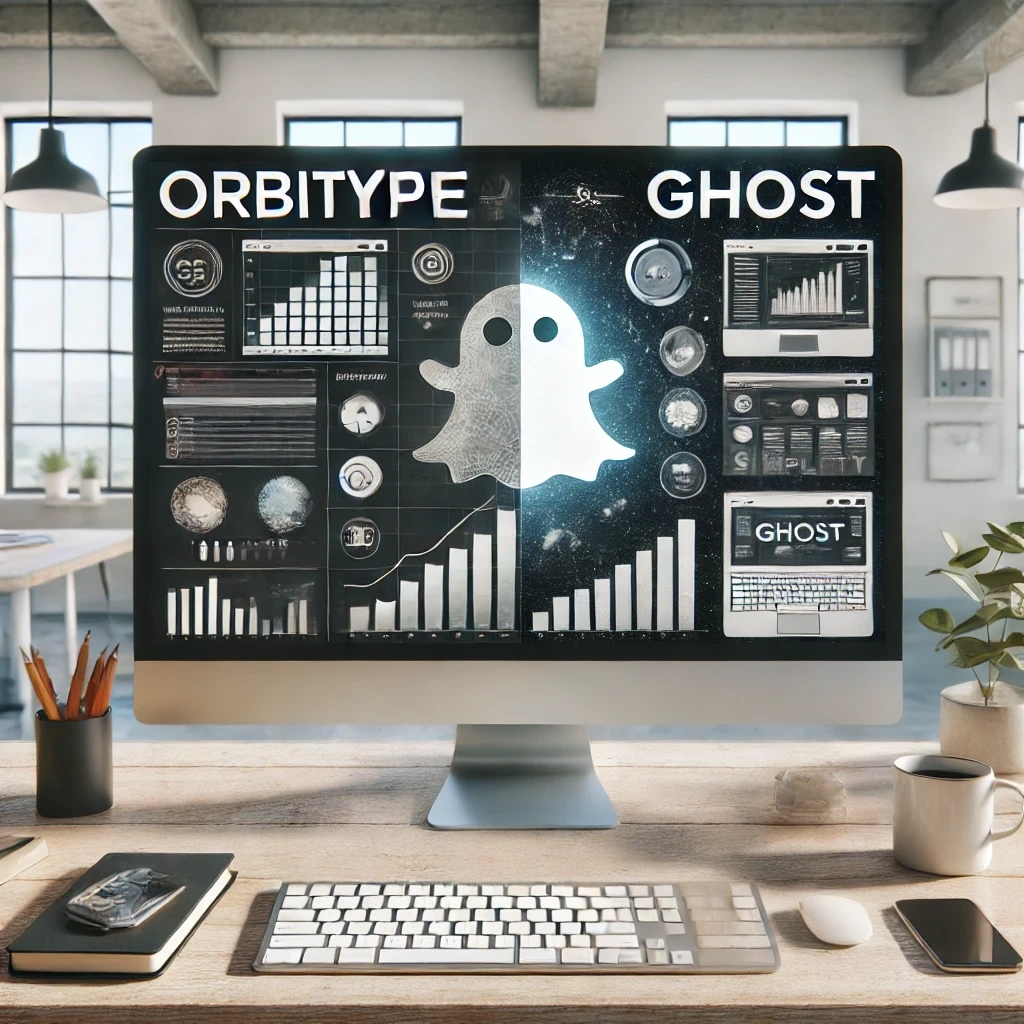
Comparing Orbitype and Ghost: Best CMS for Blogging in 2025
Compare Orbitype and Ghost to find the best CMS for blogging in 2025. Discover which platform suits your goals, from scalability to simplicity and dynamic content
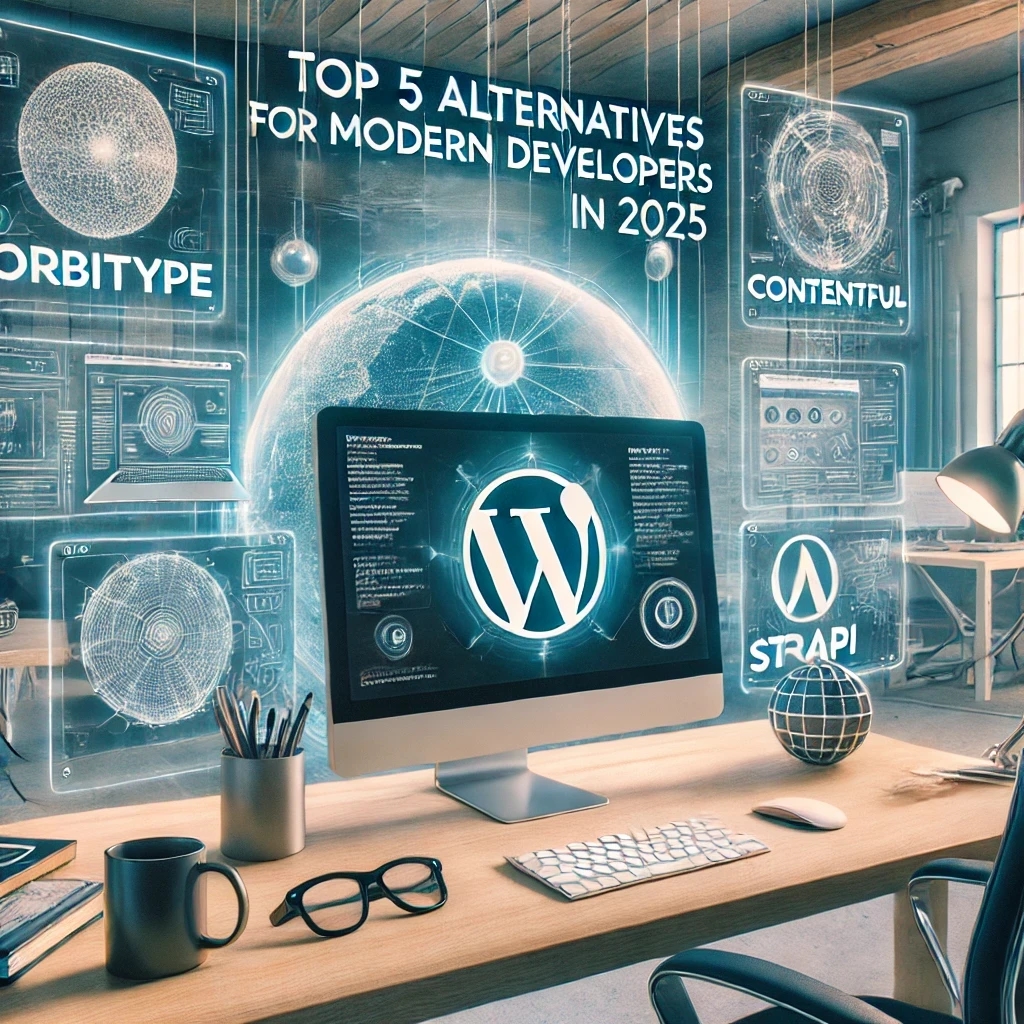
Top 5 Alternatives to WordPress for Modern Developers in 2025
Discover the top WordPress alternatives for 2025, including Orbitype, Contentful, and Strapi. Explore modern CMS platforms offering scalability, flexibility, and cutting-edge tools for developers.

Security and Compliance in Headless CMS: Focus on Orbitype
Explore headless CMS security with Orbitype: advanced authentication, data encryption, and compliance with GDPR & CCPA. Learn best practices for secure CMS operations.

10 Tips for Optimizing Core Web Vitals in Headless CMS Websites
Discover 10 actionable tips to optimize Core Web Vitals for Headless CMS websites. Improve performance, SEO, and user experience with these essential strategies.
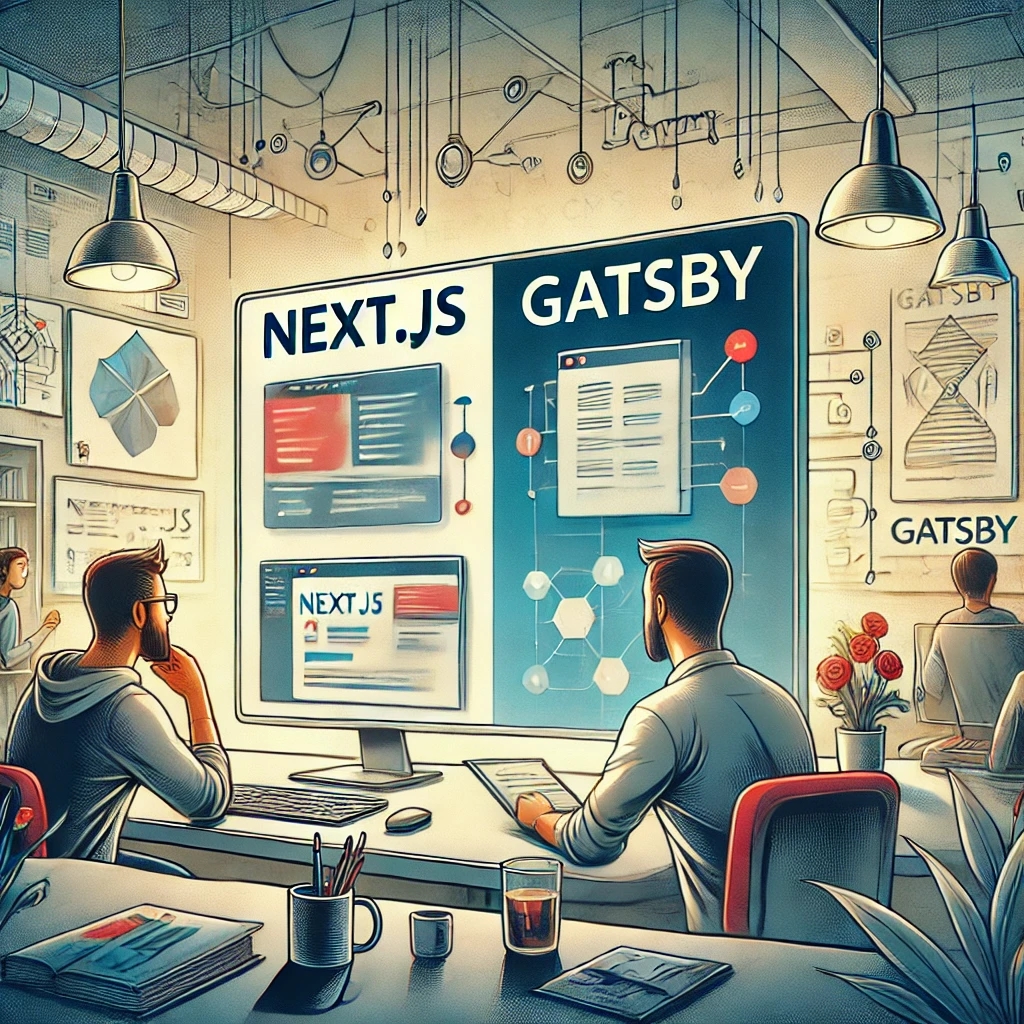
Next.js vs Gatsby: Which Works Best With a Headless CMS?
Choosing between Next.js and Gatsby can be challenging when working with a Headless CMS. This guide breaks down their strengths and helps you decide which framework works best for your dynamic or static content needs.

CMS for Vue.Js - Orbitype Headless CMS
Explore Orbitype, the best Headless CMS for Vue.js, offering seamless API integration, dynamic content management, and unmatched performance for interactive front-end development.
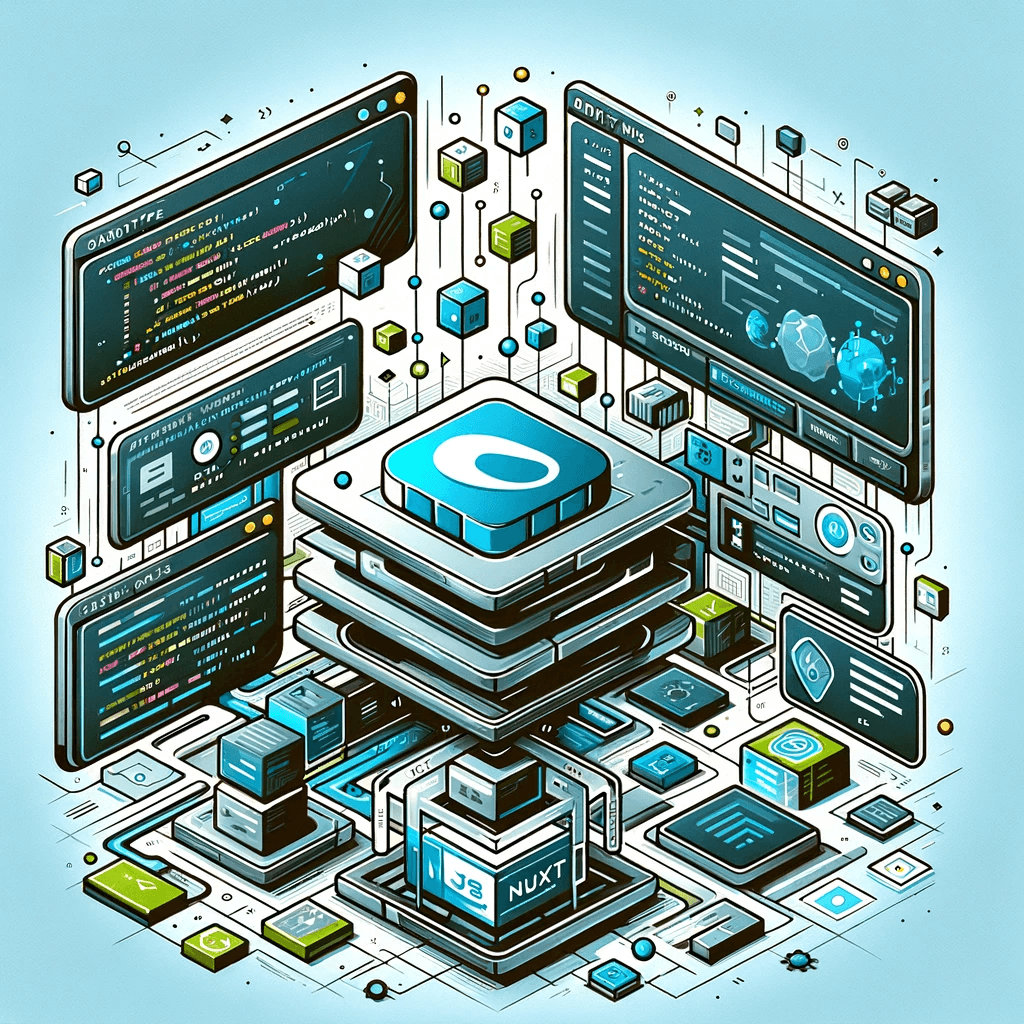
CMS for Nuxt - Orbitype Headless CMS
Optimize your Nuxt.js projects with Orbitype, the API-first Headless CMS offering scalable content management, multimedia repositories, and enhanced SEO for modern web applications.
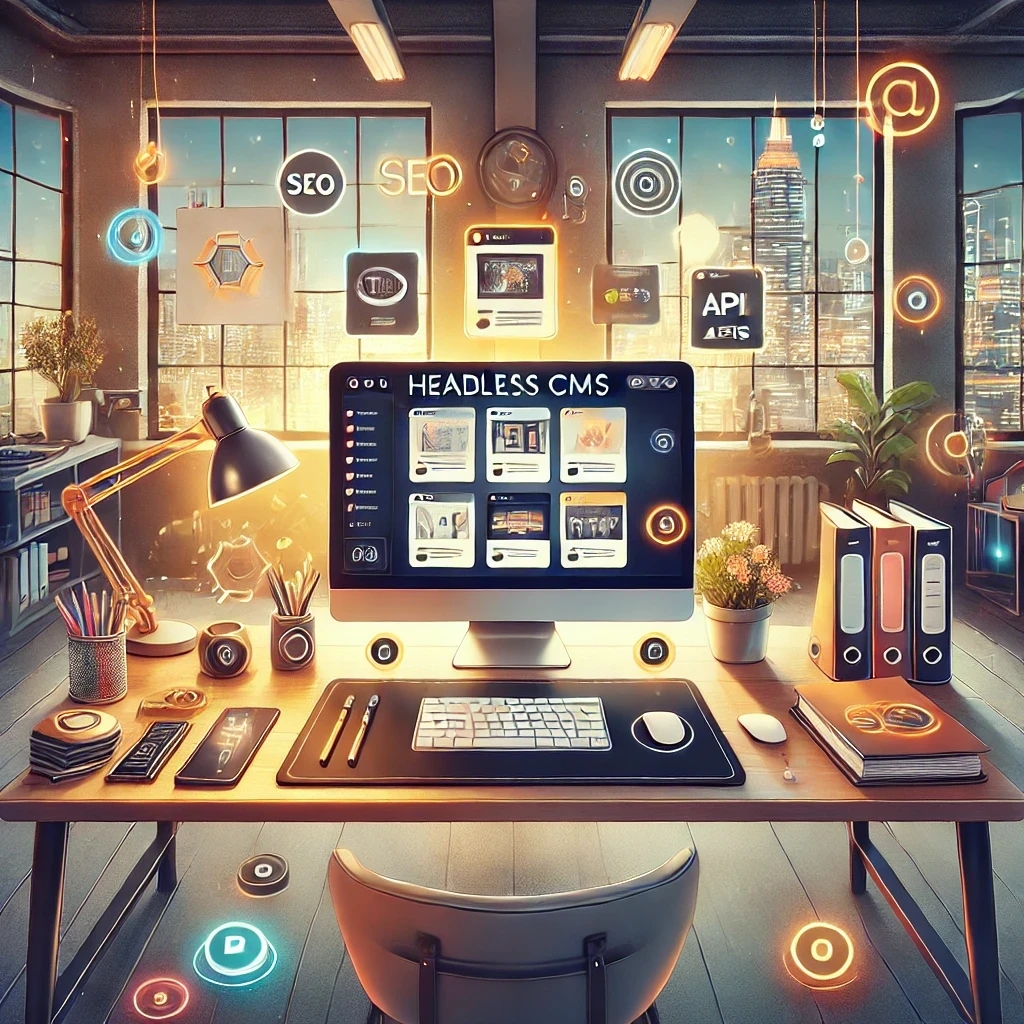
Best Headless CMS Solutions for Portfolio and Personal Websites
Showcase your work with ease using Orbitype—the ultimate Headless CMS for portfolio and personal websites. Enjoy seamless integration, powerful customization, and SEO-friendly features designed for creators and developers.
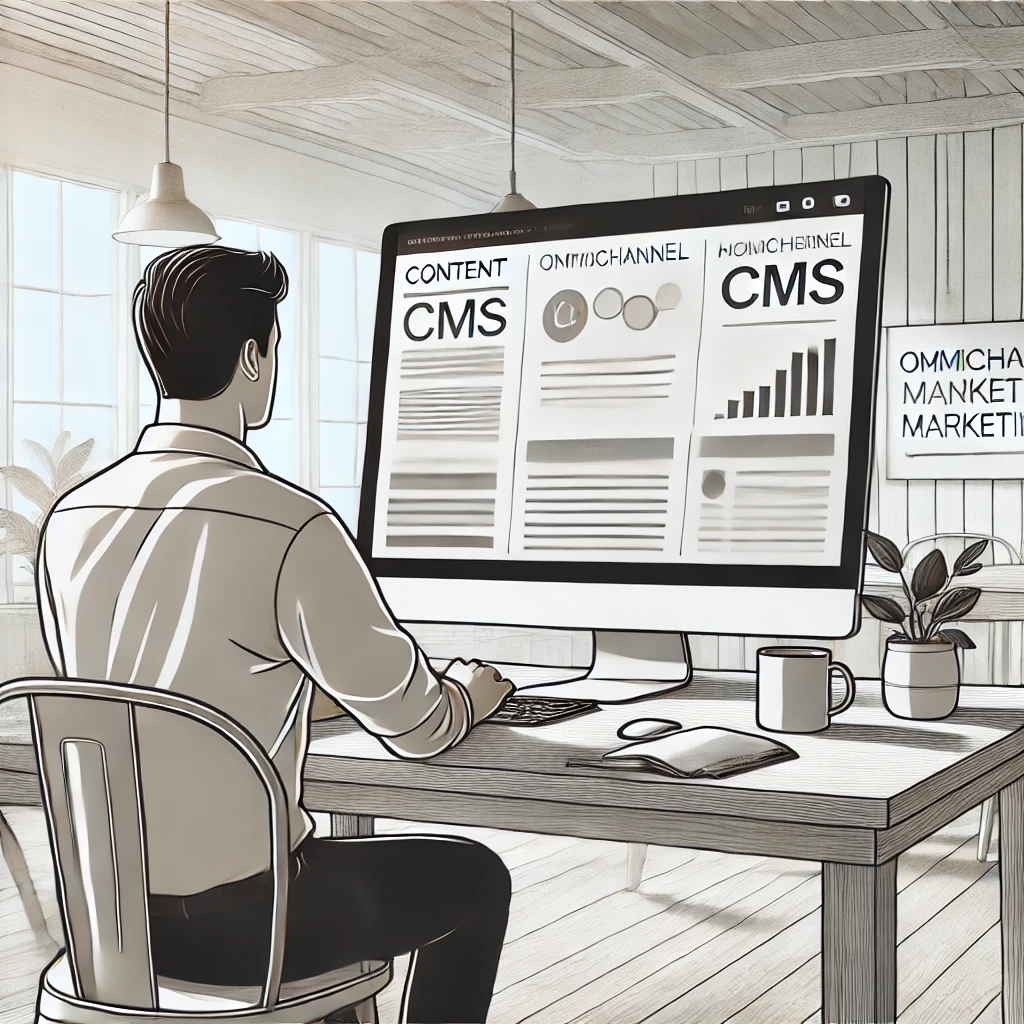
How Headless CMS Empowers Omnichannel Marketing Strategies
Boost your omnichannel marketing strategy with a Headless CMS. Centralize content management, deliver personalized customer experiences, and ensure consistency across platforms.
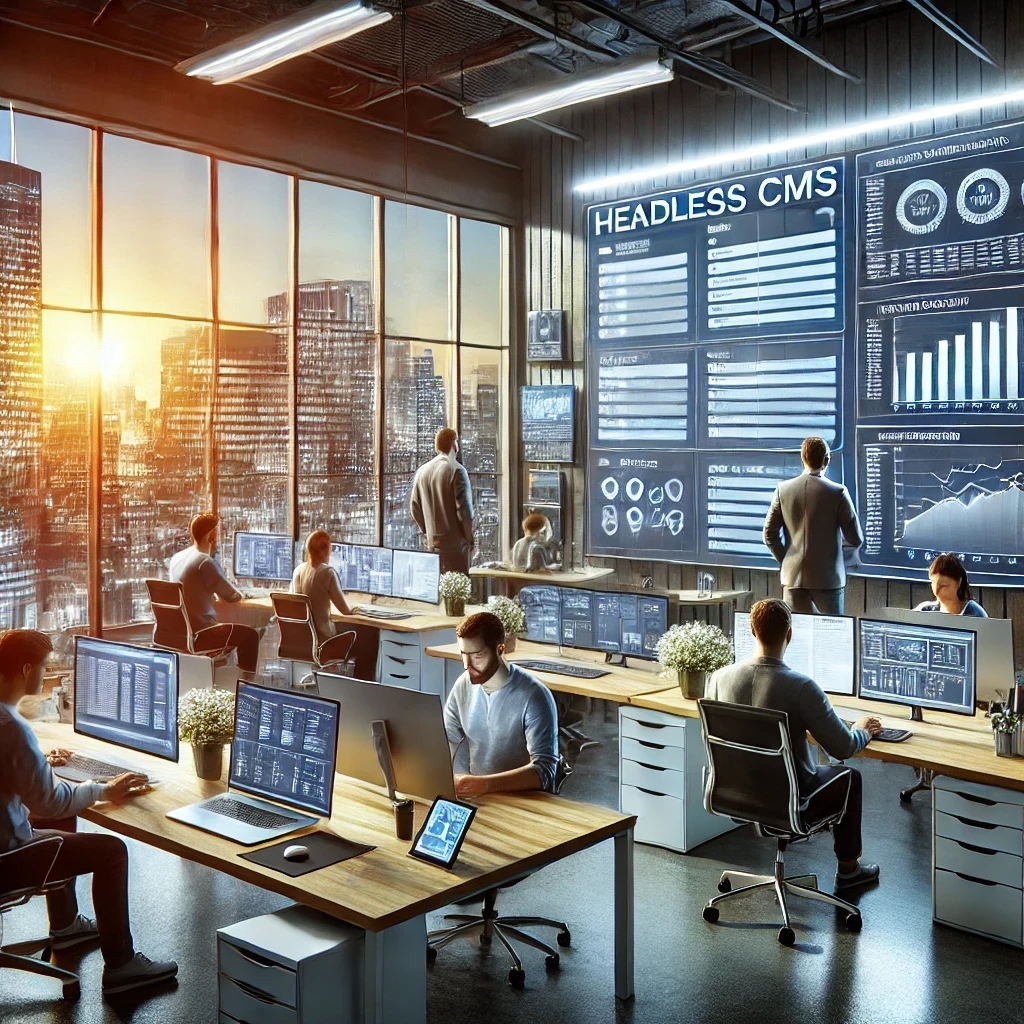
How to Scale Your Website with a Headless CMS for High Traffic
Scale your website effortlessly with a headless CMS like Orbitype—achieve faster load times, seamless scalability, and reliable performance during high-traffic surges
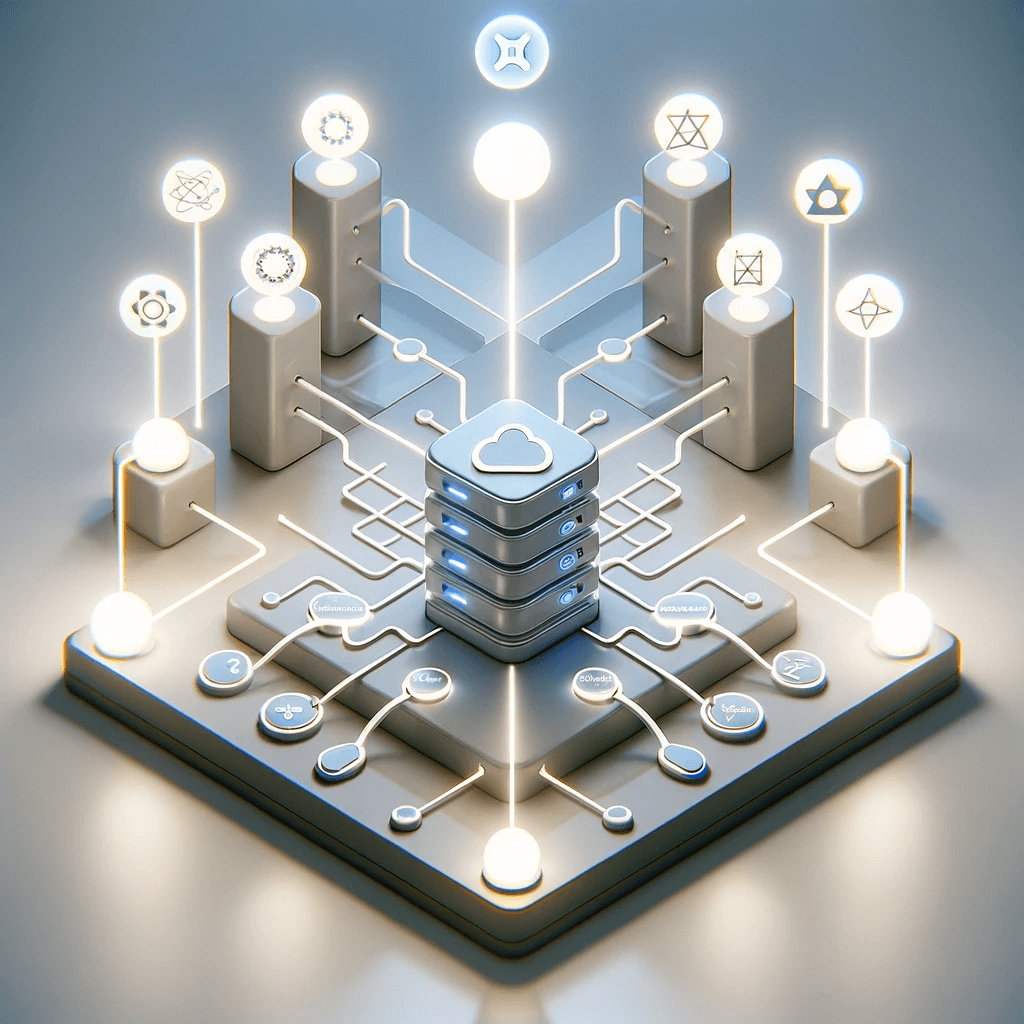
CMS for React - Orbitype Headless CMS
Orbitype is the ideal CMS for React developers, combining seamless API integration, flexible content management, and scalability to create fast, dynamic, and customizable web applications effortlessly.
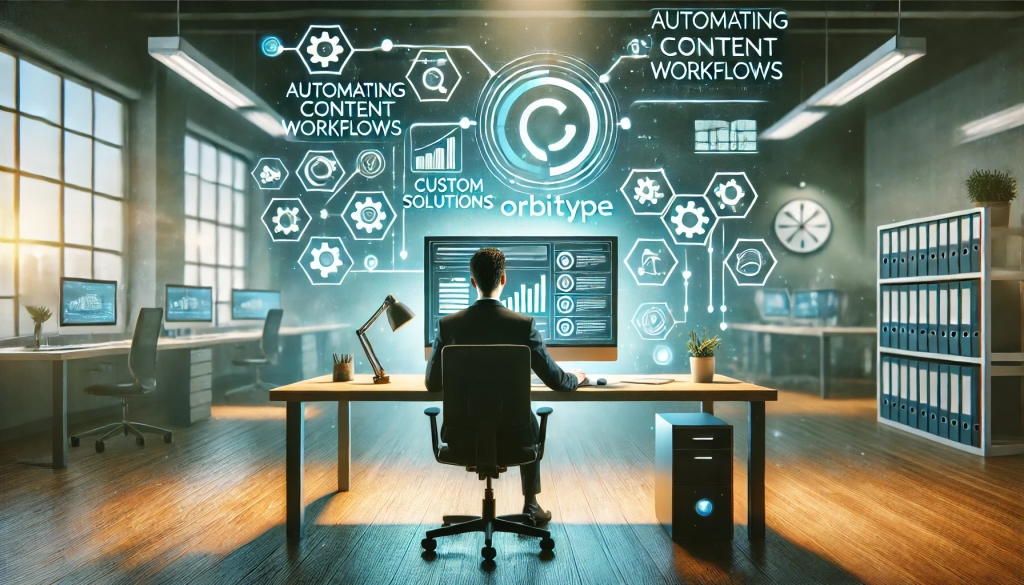
Automating Content Workflows with Orbitype’s Custom Solutions
Discover how Orbitype's custom CRM and ERP solutions revolutionize content workflows. Automate processes, reduce manual tasks, and improve productivity for software development agencies with tailored tools for seamless collaboration and efficiency.